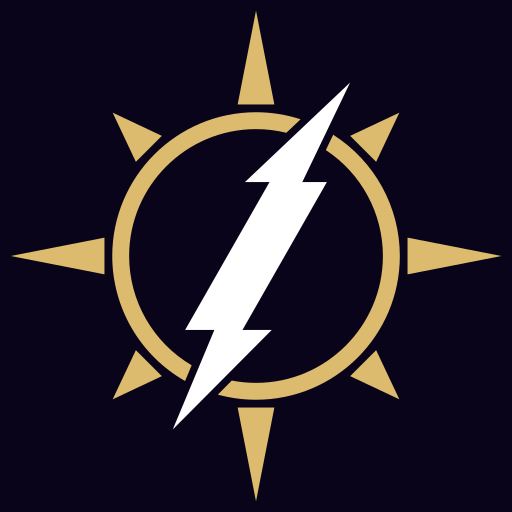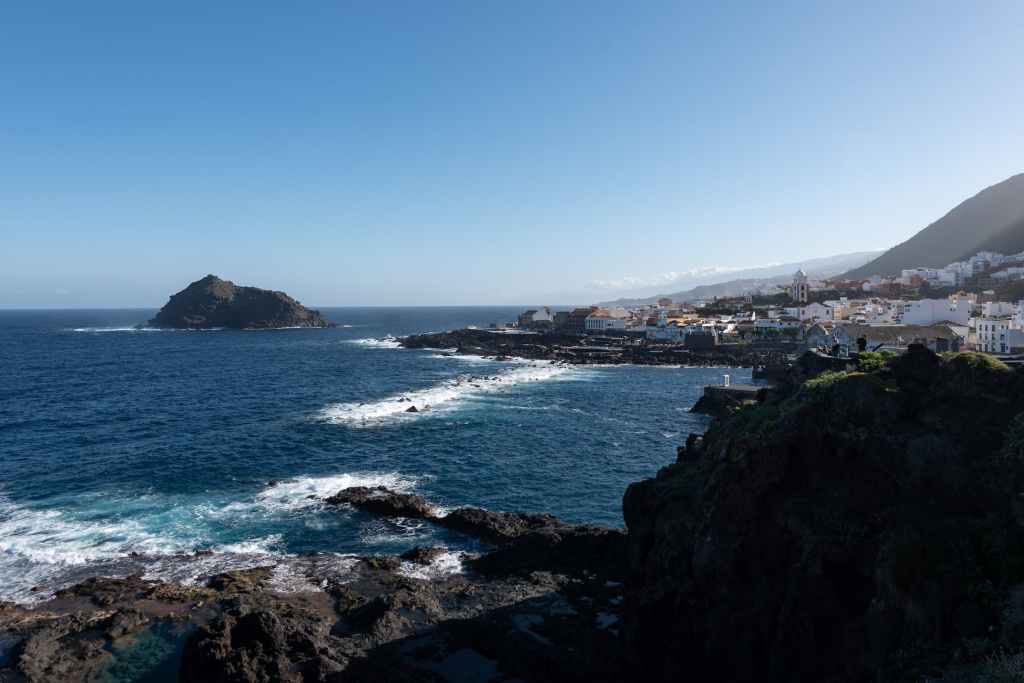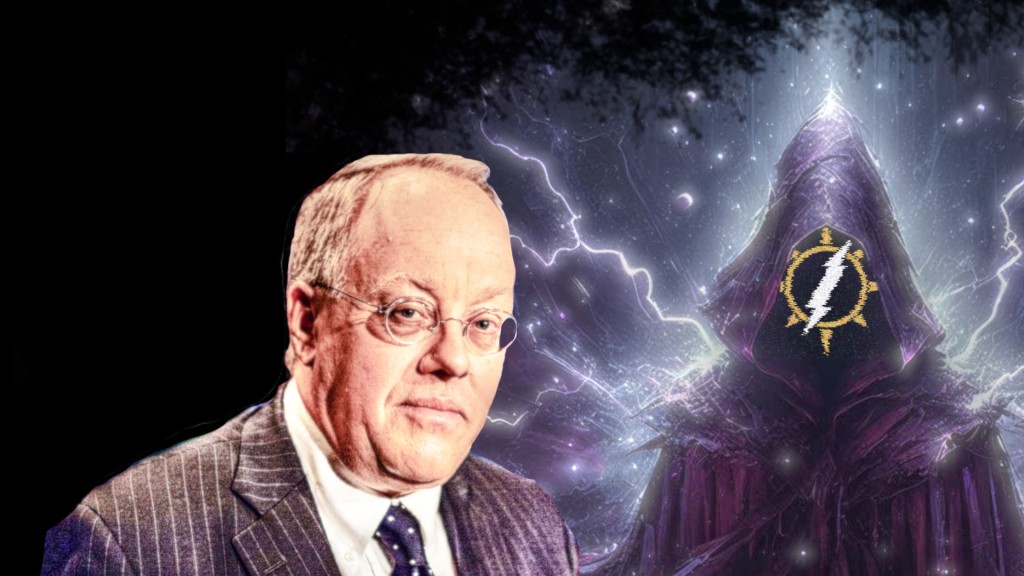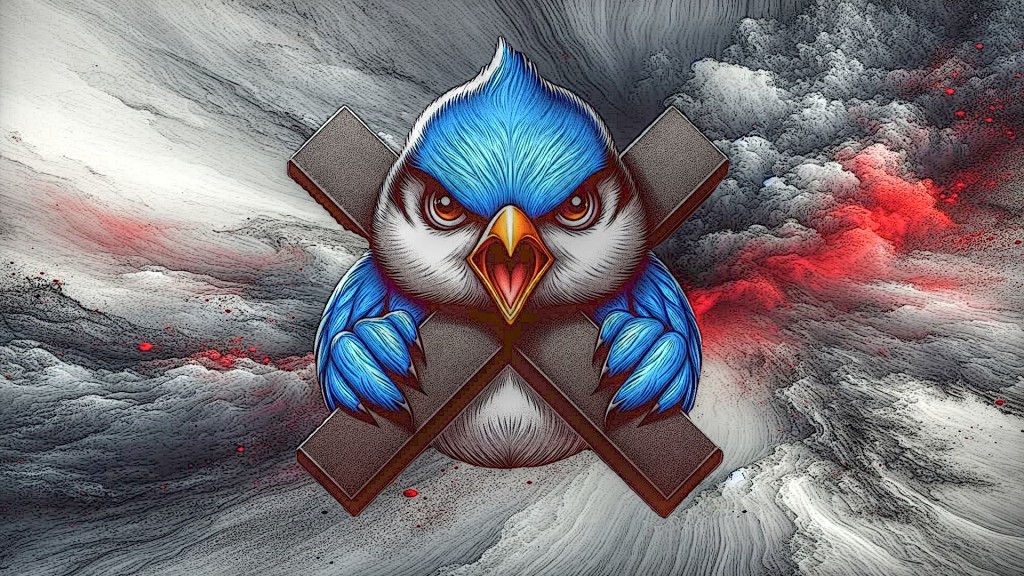From Dusun Folklore
At first there was a great stone in the middle of the sea. At that time there was no earth, only water. The rock was large, and it opened its mouth, and out of it came a man and a woman. The man and the woman looked around, and there was only water. The woman said to the man: “How can we walk, for there is no land?” They descended from the rock and tried to walk on the surface of the water, and found that they could. They returned to the rock and sat down to think; for a long time they stopped there; then again they walked upon the water, and at length they arrived at the house of Bisagit (the spirit of small-pox), for Bisagit had made land, though it was very far away.
Now the man and his wife were Kedharingan and Munsumundok (chief gods of the Dusuns). They spoke to Bisagit and asked for some of his earth, and he gave it to them. So going home they pounded up the rock and mixed Bisagit’s earth with it, and it became land. Then Kenharingan made the Dusuns and Munsumundok made the sky. Afterwards Kenharingan and Munsumundok made the sun, as it was not good for men to walk about without light. Then Munsumundok said: “There is no light at night, let us make the moon,” and they made the moon and the seven stars, the blatek (spring-trap) and the kukurian or constellations. The seven stars are the Pleiades; the blatek or blantek is, I believe, the constellation known as the Hyades.
Kenharingan and Munsumundok had one son and one daughter. Now Kenharingan’s people wept because there was no food. So Kenharingan and Munsumundok killed their girl child and cut it up, and from the different portions of its body grew all things good to eat: its head gave rise to the coco-nut, and you can see the marks of its eyes and mouth on the coco-nut till this day; from its arm-bones arose sugar-cane; its fingers became bananas and its blood rice. All the animals also arose from pieces of the child.
When Kenharingan had made everything, he said: “Who is able to cast off his skin? If anyone can do so, he shall not die.” The snake alone heard and said: “I can.” And for this reason till the present day the snake does not die unless killed by man. (The Dusuns did not hear or they would also have thrown off their skins and there would have been no death.)
Kenharingan washed the Dusuns in the river, placing them in a basket; one man, however, fell out of the basket and floating away down the river stopped near the coast. This man gave rise to the Bajaus, who still live near the sea and are skilful at using boas. When Kenharingan had washed the Dusuns in the river he performed a religious ceremony over them in his house; but one man left the house before Kenharingan had done so and went off into the jungle to search for something; and when he came back he could not enter the house again, for he had become a monkey. This man is the father of the monkeys.
Source:
Among Primitive Peoples in Borneo, Ivor H.N. Evans, 1922





